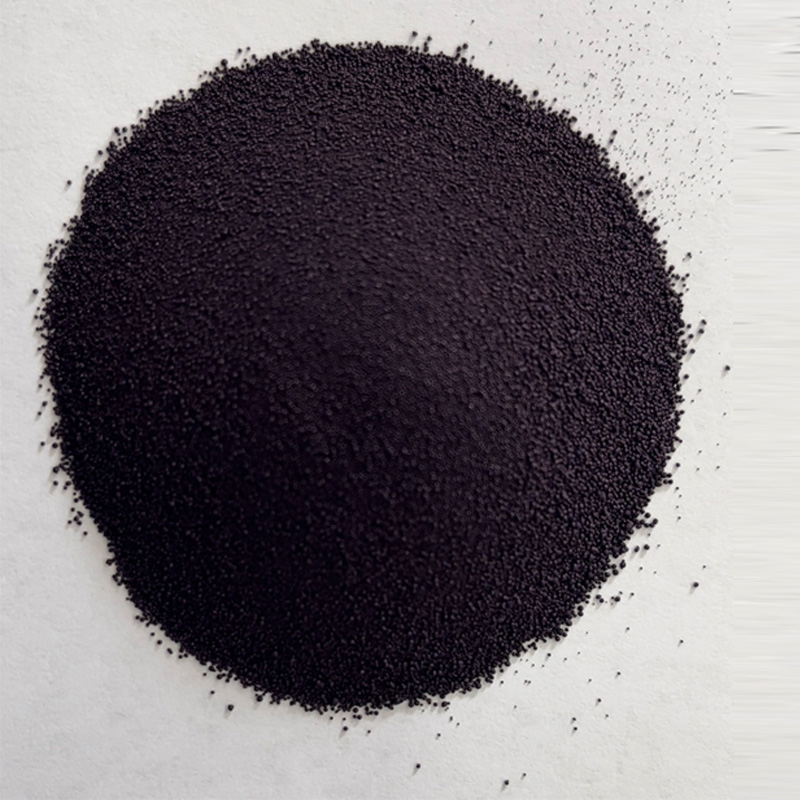Indigo Blue Vat Blue


In fashion, Chinese indigo dye has garnered attention for its aesthetic appeal and cultural cachet. High-end designers and sustainable fashion labels are increasingly incorporating it into their collections, valuing its deep roots in Chinese culture and its alignment with ethical production standards. The dye not only adds a unique, artisanal touch to garments but also tells a story of heritage and ecological mindfulness, resonating strongly with modern consumers who value transparency and craftsmanship. Beyond fashion, indigo dye finds applications in interior design and art, offering a timeless quality and striking palette that enhances a variety of settings. The use of indigo in home textiles, such as curtains, cushions, and upholstery, provides a natural touch that complements contemporary aesthetics, while its historical narrative adds depth and character. The expertise required to produce indigo dye is both a science and an art. Mastery of the fermentation process, temperature controls, and the precise timing involved in dyeing speaks to the depth of knowledge held by craftspeople dedicated to preserving this rich tradition. The indigo dye process’s complexity ensures that handmade dyed textiles are unique, with no two pieces being identical, enhancing their value and appeal. Trust in the provenance of indigo dye products is strengthened by the transparency of production processes and the reputation of producers committed to sustainability and heritage preservation. Brands that partner with indigenous communities maintain cultural sensibilities while providing economic opportunities, furthering the appeal and trustworthiness of indigo-dyed products in the global market. In conclusion, Chinese plant-based indigo dye represents a confluence of history, sustainability, and artistry. Its enduring legacy, combined with modern adaptations, secures its place as a product of both cultural and ecological significance. As the demand for sustainable solutions grows, the traditional art of indigo dyeing offers a compelling, authentic choice for consumers and designers alike, embodying a fusion of expert craftsmanship and environmental responsibility.
-
The Timeless Art of Denim Indigo Dye
NewsJul.01,2025
-
The Rise of Sulfur Dyed Denim
NewsJul.01,2025
-
The Rich Revival of the Best Indigo Dye
NewsJul.01,2025
-
The Enduring Strength of Sulphur Black
NewsJul.01,2025
-
The Ancient Art of Chinese Indigo Dye
NewsJul.01,2025
-
Industry Power of Indigo
NewsJul.01,2025
-
Black Sulfur is Leading the Next Wave
NewsJul.01,2025

Sulphur Black
1.Name: sulphur black; Sulfur Black; Sulphur Black 1;
2.Structure formula:
3.Molecule formula: C6H4N2O5
4.CAS No.: 1326-82-5
5.HS code: 32041911
6.Product specification:Appearance:black phosphorus flakes; black liquid

Bromo Indigo; Vat Bromo-Indigo; C.I.Vat Blue 5
1.Name: Bromo indigo; Vat bromo-indigo; C.I.Vat blue 5;
2.Structure formula:
3.Molecule formula: C16H6Br4N2O2
4.CAS No.: 2475-31-2
5.HS code: 3204151000 6.Major usage and instruction: Be mainly used to dye cotton fabrics.

Indigo Blue Vat Blue
1.Name: indigo blue,vat blue 1,
2.Structure formula:
3.Molecule formula: C16H10N2O2
4.. CAS No.: 482-89-3
5.Molecule weight: 262.62
6.HS code: 3204151000
7.Major usage and instruction: Be mainly used to dye cotton fabrics.

